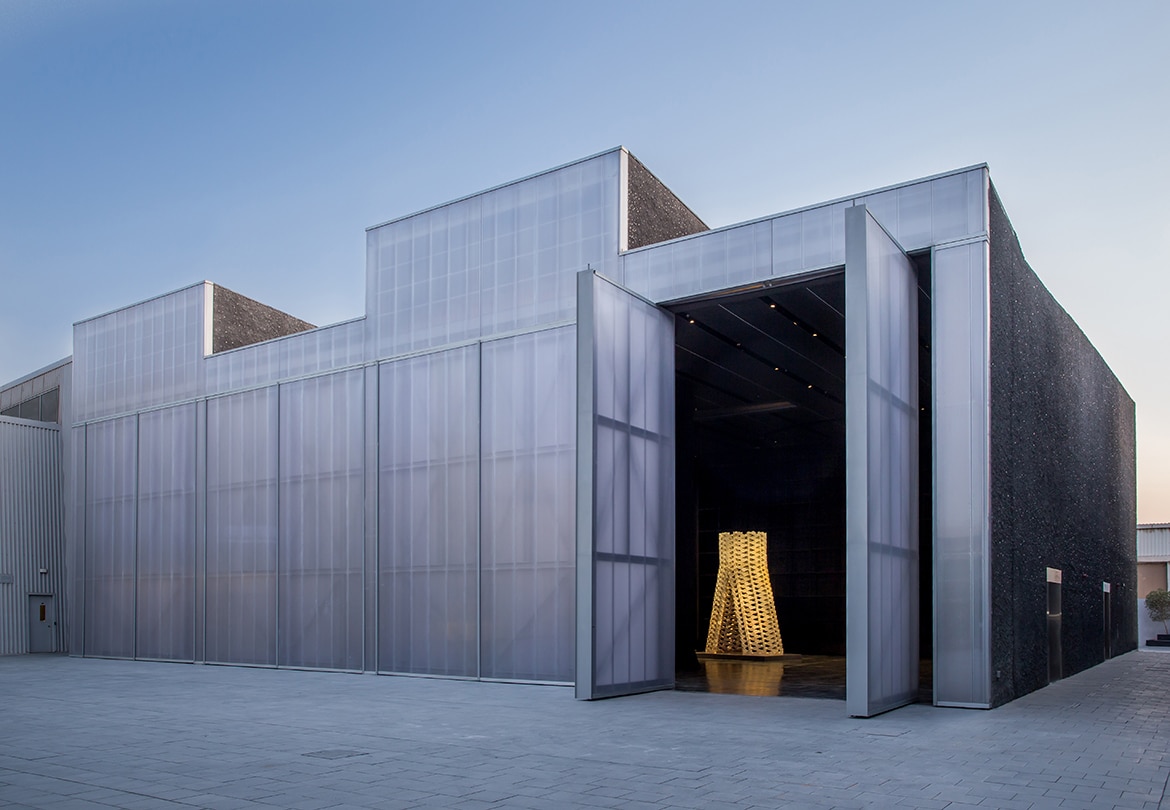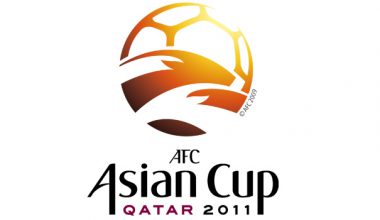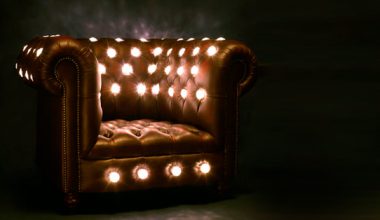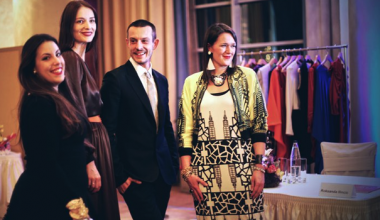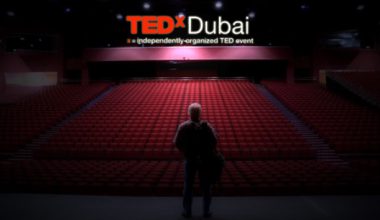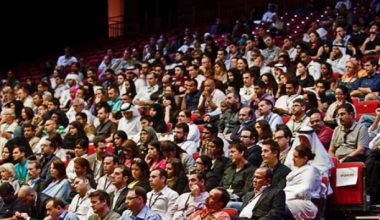What was once a marble factory and warehousing business in 2007 turned into something far greater. Alserkal Avenue, located in the Al-Quoz industrial area in UAE, was transformed by Abdelmonem Bin Eisa Alserkal into the buzzing creative and artistic hub that it is today.
When director of Alserkal, Vilma Jurkute, joined the team in 2011 the space only housed six art concepts. After an expansion project, the space now houses over 60 art, design, and creative spaces, including community concepts and private collections.
“I had always known that Dubai was a vibrant city and when I arrived, the commercial art scene had begun to take root in Dubai but had yet to fulfil its potential,” Vilma said.
Lawrie Shabibi, a contemporary art gallery founded by Asmaa Al-Shabibi and William Lawrie, was the fourth gallery to move into Alserkal seven years ago.
Asmaa and William happened to be looking for a space in Al-Quoz and Alserkal presented itself and they were quick to seize the opportunity. At the time, no one knew anything about the location and Asmaa said they spent most of their time giving directions to visitors over the phone.
“We’re thrilled to have been part of a grass roots art scene that, due to the perseverance of gallery directors and the strength of their programmes, has now become a ‘go-to’ arts destination,” said Asmaa.
The space now includes a dozen contemporary art galleries, five not-for-profit initiatives including a private museum registered with The International Council of Museums, a black box theatre, an array of culinary concepts, including a vegan café and a coffee roastery, and homegrown retail concepts ranging from a kimono-abaya shop and furniture store, to a space that sells limited edition sneakers. Cinema Akil, an independent cinema, will also be making Alserkal its permanent home this year.

The Avenue also launched Alserkal Programming, which is a nonprofit initiative that facilitates exhibitions, public art commissions, performances, films, talks, and workshops that critically and creatively examine themes relevant to the region’s art community.
“The Alserkal family have long been patrons of the arts in the UAE,” Vilma said. “Together, these programs support the development of new ideas and open dialogue and collaboration across disciplines.”
Although the commercial growth of Dubai has been rapid, the arts and culture scene is still developing, according to Vilma and this means that the potential offered to young artists is vast and just by looking at the growth sparked over the past years, we can see the scene will continue to gain momentum.
“The success of our homegrown program has been a springboard for new initiatives and infrastructure that supports the vision of Dubai as a hub for cultural production,” Vilma said. “We’ve commissioned 18 artists to date and as our programming matured, we felt the need to support emerging artists in a more meaningful way.”
The next step came naturally; Alserkal introduced the artist residency program, encouraging artistic exploration and supporting local artists through a research-driven platform. The program is competitive, selecting residents based on merit and the strength of each application.
“We don’t set parameters around the makeup of each cycle, as contemporary practices today defy labels and are often fluid; artists can also be writers or curators and often have intensely research-based practices,” Vilma said. “We ask all residents to engage with the art scene in the UAE so that they leave the residency with a deeper understanding of the local context.”
For Sheikha Wafa Bint Hasher Al-Maktoum, founder of FN Designs – a multi-disciplined art and design gallery and studio space at Alserkal – it was the urban, raw feel of the Al-Qouz area that drew her to the location.
She described the atmosphere at the Avenue as “friendly” and emphasized how good it felt to be surrounded by a creative community.
That creative community is part of the reason the UAE has become a cultural capital for the region. Initiatives like Alserkal Avenue, Sharjah Foundation and the Sharjah Biennial, Art Dubai and Abu Dhabi Art, and museums such as Louvre Abu Dhabi and the opening of Jameel Arts Centre this coming November, have significantly fortified the country's maturing art scene.
When asked about challenges that Alserkal came across, Vilma said that it isn’t easy being the first or a pioneer in a specific industry as there are no other models to compare yourself to.
“Someone once told me ‘Don’t be afraid of uncertainty, it means you are innovating,’” Vilma said. “But I think what drives homegrown talent here is not challenges, but potential for opportunity; every day is a milestone.”
In a space that houses gallerists, artists, writers, and creative entrepreneurs, there is bound to be a supportive ecosystem that unanimously believes in the talent coming from this region.
“We are building an arts infrastructure with many ‘firsts’ along the way,” Vilma said. “We grew to become the region’s most influential cultural and arts destination in the last few years and for that we owe a debt of gratitude to the homegrown art galleries and the new international spaces that have chosen Alserkal Avenue as their home.”
Words by Reham Al-Awadhi
Images courtesy of Alserkal Avenue

